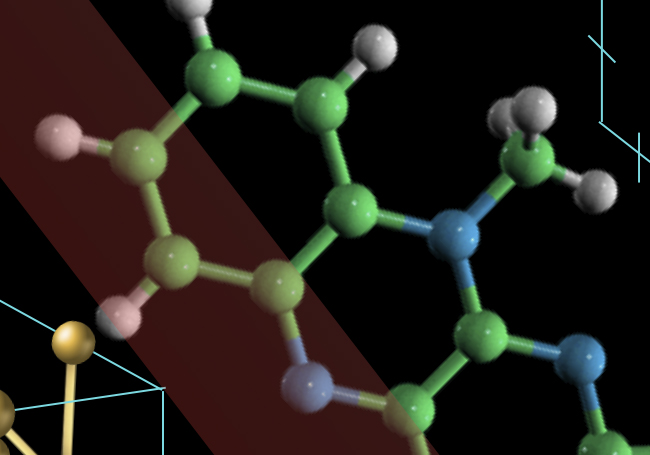
The QUTIS (Quantum Technologies for Information Science) group of the UPV / EHU has participated in an international investigation together with the CSIC and the University of Ulm (Germany) that has given rise to a series of protocols for quantum sensors that would allow obtaining magnetic resonance imaging of biomolecules using a minimum amount of radiation.
Nuclear magnetic resonance (NMR) is a technique that is behind many applications, such as medical imaging, neuroscience, or the detection of drugs and explosives. With the help of quantum sensors, nuclear magnetic resonance has been adapted to work in the nanoscale regime, which has given it the potential to have an impact on various disciplines, such as life sciences, biology or medicine, and to provide measurements of incomparable precision and sensitivity.
In particular, "we hope that the combination of quantum sensors and dynamic decoupling techniques will allow us to obtain nuclear magnetic resonance imaging of individual biomolecules", commented the authors, including Dr. Jorge Casanova and Dr. Enrique Solano, both Ikerbasque researchers from the QUTIS group. This improved nuclear magnetic resonance thanks to the properties of quantum physics "will be able to resolve chemical structures that appear in small samples, even picolitres, and produce highly efficient biosensors and contrast agents giving rise to an unprecedented sensitivity. All this will provide new knowledge about the structure, dynamics and function of biomolecules and biological processes ", they added.
In the paper published in the journal Physical Review Letters, the authors have developed a protocol that allows a quantum sensor to measure nuclear and electronic spins in arbitrary samples, even when they are in large magnetic fields. These methods also use low-power microwave radiation that produces minimal impact on samples of biological interest. "Our protocol is robust and requires less energy than conventional techniques. This not only extends the operating regime of the sensor to stronger magnetic fields, but also avoids the heating of the biological samples that would occur when using other protocols with high radiation intensity. As a result, this work opens a new line of research and paves the way for the safe use of nuclear magnetic resonance at the nanoscale for the study of biological samples and large biomolecules, "the authors point out.
For more information: https://doi.org/10.1103/PhysRevLett.122.010407
.png)
